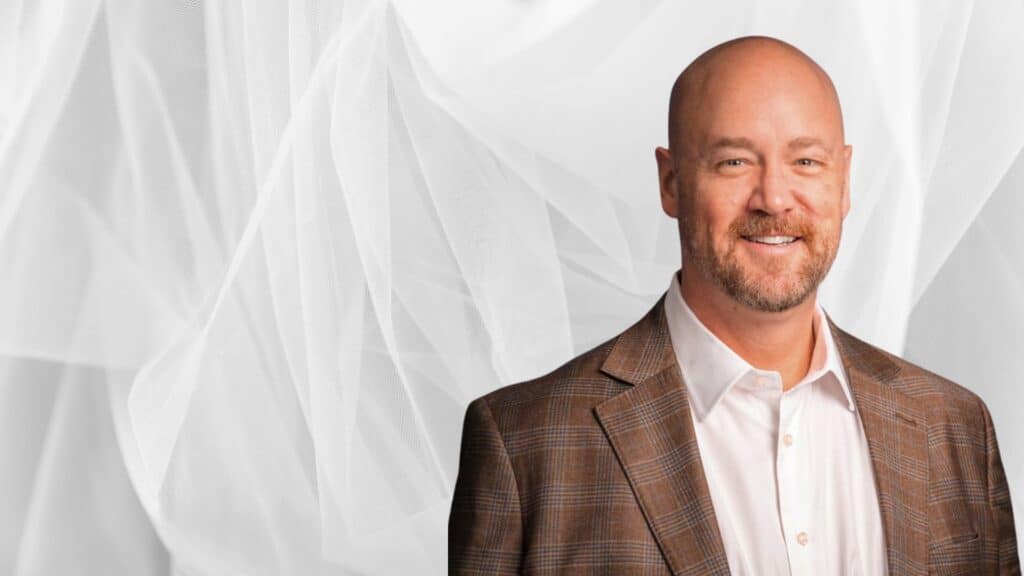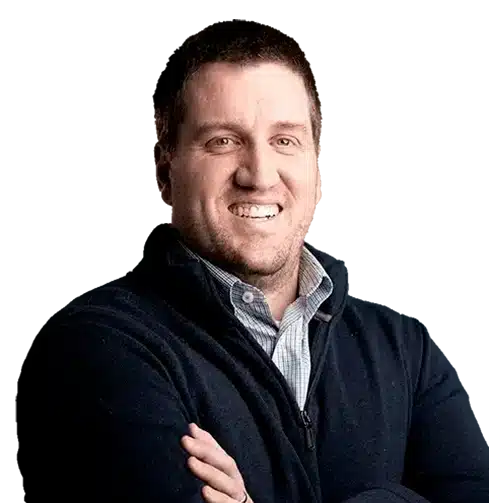Is your GTM buried under unforced errors? Are your sales processes hitting flyouts before they even safely reach first base? Are account executives striking out on unclear leads and confusing campaigns?
For Steve Settle, Senior Director of Revenue Operations at Customer.io, the all-in-one customer engagement platform, team communication and alignment is a critical play in the go-to-market game.
Like a seasoned coach strategically positions players to maximize their strengths, RevOps leaders meticulously align sales, marketing, and customer success teams to drive revenue growth. Both scenarios require a keen understanding of individual talents, seamless communication, and a unified vision for success. Whether it’s hitting home runs or smashing revenue targets, the key lies in fostering a collaborative environment where every player knows their role and contributes to the team’s victory.
In this episode of Go-To-Market with Dr. Amy Cook, Steve explains how building effective team cohesion and adapting that alignment to fit each stage of scale is critical to a well-seasoned RevOps team.
“When you’ve got it fully aligned, the teams are working together really well. It is a significant improvement, not just in working within the company, but for the customer experience,” Steve said.
Here are some podcast interview highlights:
Amy: As we’re having this conversation today about aligning sales and marketing, I’m so excited to hear it from your perspective with a finance background.
Steve: Yes, it’s something I’m passionate about as my career progresses. I recognize how important it is for the teams to work together well. It is a significant improvement, not just in working within the company, but for the customer experience. And so that’s why I’m so passionate about it, and feel that when it’s going well, it makes a big difference for your prospects and customers.
Amy: You’ve talked a lot about business evolution. Does alignment look different at each stage?
Steve: If you think about what the business needs at the early stage, it’s about establishing product market fit and building product awareness. On the marketing side, they’re going to provide insights into our target customers and determine the messaging we will use.
Sales complement that because they can also provide feedback on what’s actually resonating with the people they’re talking to. But if they’re misaligned, you won’t get that feedback loop. That’s why cohesion between the teams is really important going into the growth phase when you start talking about demand generation, building out that muscle, and thinking about the ICP. You’re also beginning to solve for scalability at that point too. These are just different aspects that, yes, we go to find the ICP maybe a little bit earlier on, but now you’re starting to say, okay, how can we begin to scale our efforts in reaching out to this ICP and starting to create more predictable, consistent revenue streams?
Amy: So as an operations person, how do you build for scale with processes?
Steve: When you start to make sure that everything you’re doing is going through the lens of how the customer will actually view this process and how the customer is going to interact with this process.
That solves the experience part of it, but then we start to think about scale. That’s why, when working cross-departmentally, I can create something that works for a sales operations process, for example. But then you start to think about the marketing operations process, and that’s where you have to work cross-functionally because there is so much interconnectedness as you think about the entire customer journey that it just solved for one part of the journey. It could create that rigidity that you just don’t anticipate until maybe a little bit later on. Scalability also has to be driven by connectedness across your world.
Amy: As a long-time Little League coach, do you see any similarities between your experience as a coach and a COO?
Steve: When you start to lean into the early stages it’s like tee ball, where you simplify everything, right? You have a tee frame that you put on top of home plate, and it stabilizes the ball so it doesn’t move. A coach walks up to the batter, offering a lot of hand-holding by positioning them right next to the base, and they say, swing. The batter starts to do circles, and eventually, they hit the ball. And then once they hit the ball, everyone’s pointing and saying run to that base. Sometimes they run to the opposite base. And the coach cuts them off and brings them over to get back on the right track. During those times, you sometimes start to think of an early-stage company.
Amy: What is the growth stage like?
Steve: The growth stage is when you start to introduce kid pitch. You wonder if it’s going to hit the backstop. You don’t know if it’s going to reach halfway to the plate and if it hits the catcher’s glove. You’re excited but don’t know if that’s a strike.
There’s more refinement when we think about the growth base. But the idea is, you’re starting to try new things. You’ve defined your ICP, and now you’re trying to create that demand generation engine to say, Okay, what’s going to work? What campaigns can we run? What can we do that’s going to really accelerate our growth?
Want to hear more? Click here!























